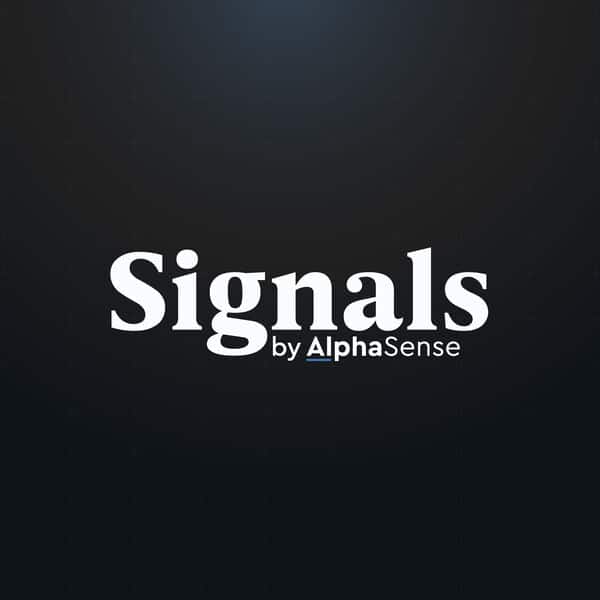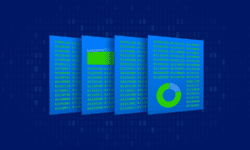Episode Summary
In this episode of Signals, Nick Mazing sits down with Camila Sarmiento, a ESG analyst from HSBC, based in New York.
First, Camila covers the surge in renewable energy investments in the United States, driven, in part, by the Inflation Reduction Act. The US is still playing catch-up in the area.
Then Camila discussed the current state of the US grid: from the lack of a single national grid, to the complex relationship between utilities, local governments, and federal regulators. A major concern is the age of the grid, with 70% being more than 30 years old.
Finally, the guest goes over the new challenges and potential solutions that the grid faces. Historically, the grid was fed by few, relatively large energy sources while now, with increasing renewables, the size of the sources is smaller but there are a lot more of them. Further, balancing demand with production is harder due to the intermittency of renewable energy.
Listen to this episode on Apple, Spotify, Google
Guest-at-a-Glance
💡 Name: Camila Sarmiento
💡 What she does: ESG Analyst
💡 Company: HSBC
💡 Noteworthy: Camila Sarmiento is an ESG analyst at HSBC, based in New York. With years of experience in the ESG space, she has extensively covered themes across environmental, social, and governance, particularly focusing on the United States. Her insights are especially relevant given the US’s strong push towards a climate agenda, including rejoining the Paris Agreement and making historic investments in climate change and clean technology.
💡 Where to find Camila: LinkedIn / Apple Podcasts / Spotify Podcasts / Global Research
Key Insights
The Need for a Modernized Grid
As billions of dollars flow into renewable energy projects, there’s a pressing need for a modern grid system. This grid should not only connect these projects but also ensure the delivery of low-carbon and reliable electricity around the clock. The transition to greener solutions has led to a surge in demand for dependable electricity, emphasizing the importance of a robust grid system.
The Impact of the Inflation Reduction Act on Renewables
The Inflation Reduction Act (IRA) is a significant piece of US industrial policy that has far-reaching effects, including on renewables. The act invests an unprecedented $370 billion for energy security and climate change. It has extended and expanded renewable tax credits, thereby driving growth in the renewable energy sector. This has led to an increase in investments in renewables and a surge in renewable projects wanting to connect to the grid.
Challenges and Solutions for the US Grid
The US grid faces both physical and administrative challenges. One major solution is increasing transmission capacity, allowing for efficient electricity delivery and connecting regions for electricity sharing. The idea is to have a more interconnected “macro grid” rather than the current fragmented system. This would help address peak electricity demands and ensure a steady supply even during supply interruptions.
Episode Highlights
The Unique Structure of the US Grid
Timestamp: [00:06:12]
The US grid system is distinctively fragmented, divided into three main interconnections: Eastern, Western, and Ercot (Texas). These interconnections function predominantly independently of each other, each having its utilities connected by their transmission and distribution lines. Within these, there are 66 balancing authorities, which include both utilities and governing bodies.
“So the US grid is quite unique in what you said. It’s fragmented into three main interconnections. […] They each have their own utilities, which are tied together by their own transmission and distribution lines.”
The Historical Perspective of the Grid
Timestamp: [00:13:55]
Historically, the grid was designed for large energy sources transmitting to customers. However, the current scenario involves many smaller energy sources. This shift necessitates the rapid development of transmission capacities and efficient administrative processes to handle the influx of projects.
“The history of how our grid was built was large sources of energy being transmitted to customers. […] Now you start adding more cars onto the road, and now you’re seeing that moving from point A to point B becomes much more challenging.”
The Role of Transmission Lines
Timestamp: [00:12:43]
Transmission lines are pivotal in the energy transition. They’re akin to roads, facilitating the movement of electricity. With the increasing demand, there’s a need for more “roads” and “highways” (interregional transmission lines) to ensure efficient energy sharing across the US.
“I like to think about this in terms of transmission lines being roads. […] Now, how does this happen? How do we get all this built? And that’s kind of the real challenge here in the United States.”
The Inflation Reduction Act’s Missing Elements
Timestamp: [00:14:45]
While the Inflation Reduction Act (IRA) has made significant strides in promoting renewables, there were some missed opportunities. The absence of transmission lines in the tax credits was a notable omission, even though they were discussed during debt ceiling negotiations.
“I think it was a shame that transmission lines were not included in the ITCs. […] But still, there’s a lot of talk around transmission, but how we’re actually gonna move forward with it will be pretty interesting.”





